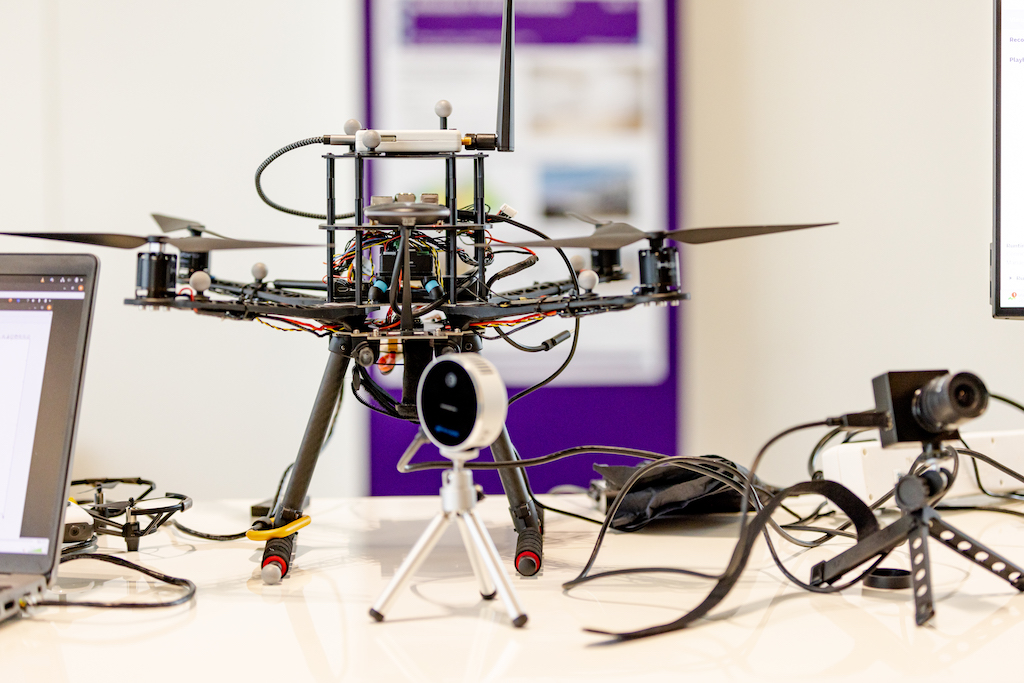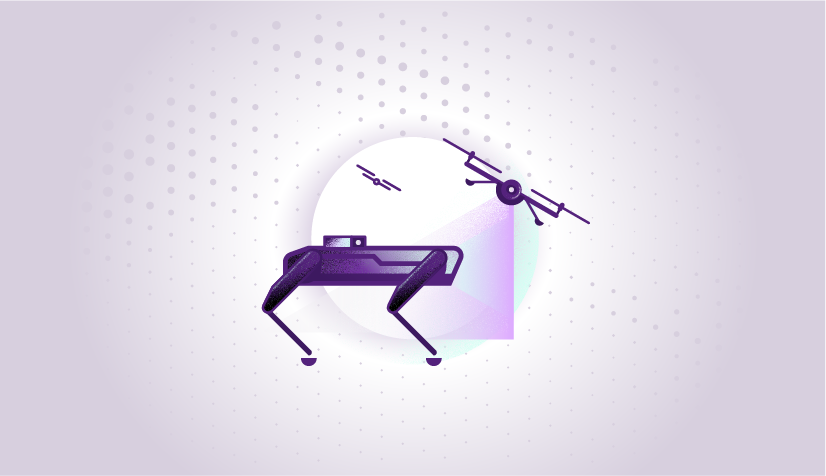Our Research

Situational awareness for intelligent systems, optimisation for planning and automation, advanced control and execution.
ARG conducts research to enable mobile and industrial robots, autonomous vehicles, space and energy systems to better perceive the world around them and to interact with it in an optimal and intelligent way.
ARG in Numbers
-
16Staff
-
1Dedicated Lab
-
4Partners
Head of Research Group

